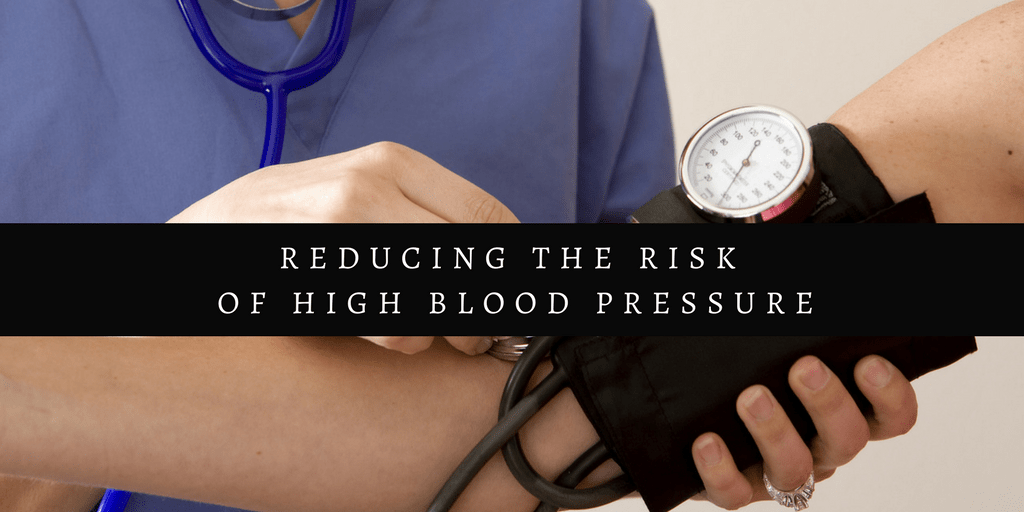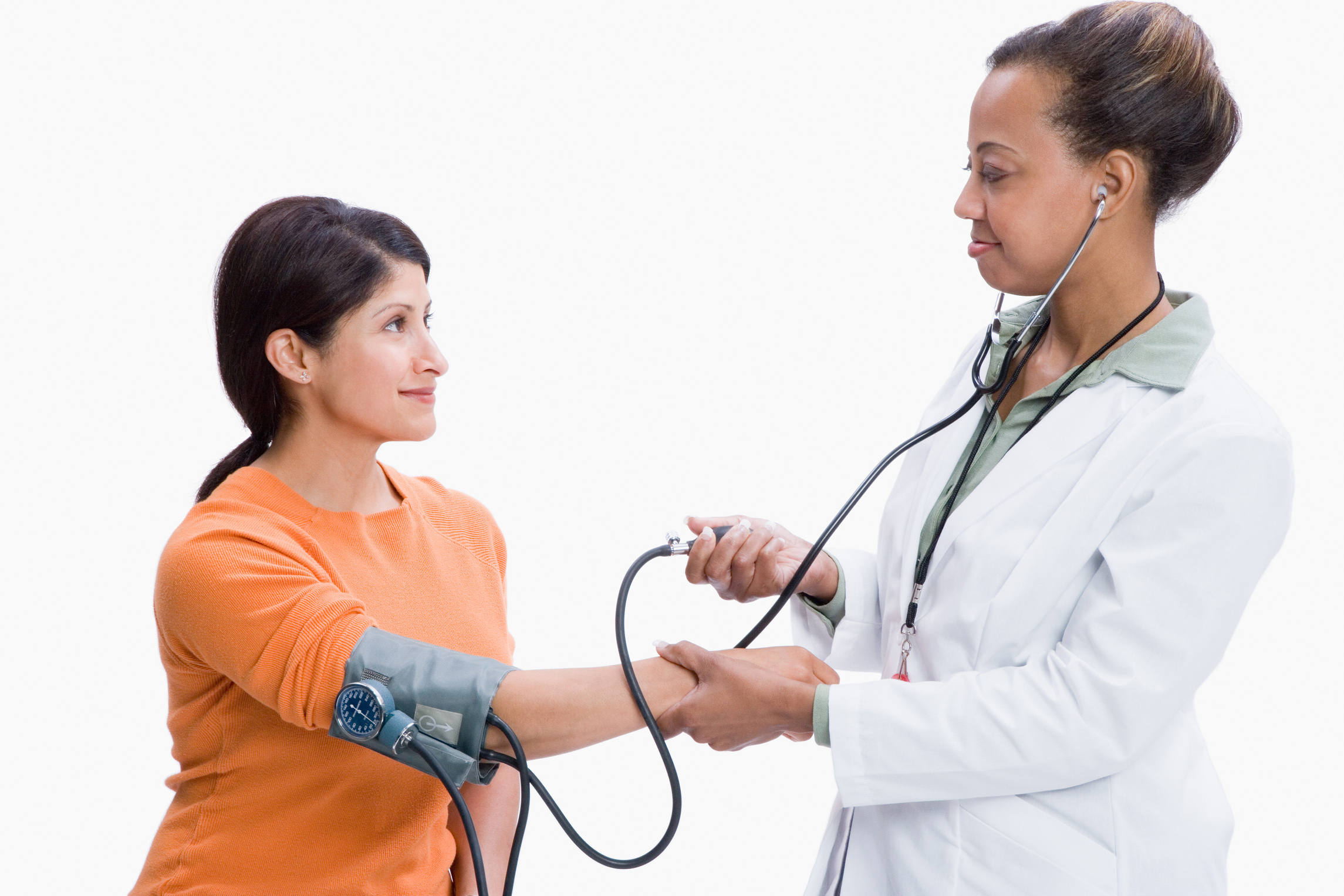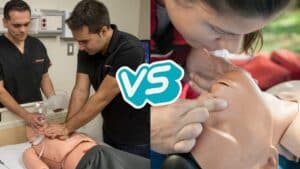
May is National High Blood Pressure month and represents a great time to become a little more aware of blood pressure regularly. Known as “the silent killer,” high blood pressure is one of the most important risk factors for heart disease, stroke, kidney disease, and diabetes complications. To better understand the impact of high blood pressure, let’s consider the following statistics from the Centers for Disease Control and Prevention (CDC):
- Nearly one out of three American adults – or roughly 75 million American adults – suffers from high blood pressure. Among these individuals, only about half (54 percent) have the condition under control.
- In 2014, high blood pressure was a primary or contributing cause of death for more than 410,000 Americans – the equivalent of more than 1,100 deaths each day.
- High blood pressure costs the United States approximately $48.6 billion annually. These expenses are associated with healthcare services, high blood pressure medications and missed days of work.
- High blood pressure increases an individual’s risk of heart disease and stroke – the leading causes of death in the United States.
Becoming aware of your blood pressure numbers and understanding exactly what those numbers mean is important. A standard set of numbers combine to measure the pressure inside the walls of arteries. When the heart beats, it creates pressure that pushes blood through a network of tube-shaped arteries and veins, also known as blood vessels and capillaries. The pressure (blood pressure) is the result of two forces. (American Heart Association) Each number in the set, usually divided into a top number (systolic) and bottom number (diastolic), measure specific pressures.
A measurement of the force exerted with each heartbeat, the systolic blood pressure can change rapidly throughout the day. Whereas the diastolic blood pressure remains less variable as a measurement of the pressure in the arteries while at rest. The reason this is important is because change happens slowly and is often undetectable. Rising blood pressure can be managed with medication, diet, exercise and reduction in stress. Failure to manage high blood pressure often leads to increased risk for stroke, heart attack, kidney failure, progressive heart failure and peripheral vascular disease, among other serious side effects.
Monitoring Your High Blood Pressure
Your healthcare providers will want to get an accurate picture of your blood pressure and chart what happens over time. Starting at age 20, the American Heart Association recommends a blood pressure screening at your regular healthcare visit or once every 2 years, if your blood pressure is less than 120/80 mm Hg. (American Heart Association, www.heart.org) An easy chart to reference has been provided by the AHA and can be found on their website:
This chart reflects blood pressure categories defined by the American Heart Association.
| Blood Pressure Category |
Systolic mm Hg (upper #) |
Diastolic mm Hg (lower #) |
|
| Normal |
less than 120 | and | less than 80 |
| Prehypertension | 120 – 139 | or | 80 – 89 |
| High Blood Pressure (Hypertension) Stage 1 |
140 – 159 | or | 90 – 99 |
| High Blood Pressure (Hypertension) Stage 2 |
160 or higher | or | 100 or higher |
| Hypertensive Crisis (Emergency care needed) |
Higher than 180 | or | Higher than 110 |
* Your doctor should evaluate unusually low blood pressure readings.
Monitoring blood pressure on a regular basis, in addition to living a healthy lifestyle, will aid in keeping a commitment to wellness-based practices that could prevent the risky side effects associated with high blood pressure.
Become aware of your blood pressure and stay healthy. By doing so, you may be able to minimize the risk of heart disease, stroke and other long-lasting health problems.
Sign Up for CPR and Basic First Aid Training
High blood pressure is a serious problem, and education could prove to be a difference-maker for individuals to put this issue to rest. With high blood pressure knowledge and insights, an individual may be able to limit the risk of severe health problems and teach others how to do the same.
Enrolling in courses designed to increase public awareness by providing training in cardiopulmonary resuscitation (CPR) and basic first aid is a great step to focus on heart-healthy habits and high blood pressure emergencies.
During a CPR class, you’ll learn life-saving skills so you can provide valuable support in emergencies. Each CPR class is taught by an expert instructor who will use hands-on and classroom lessons to show you how to become a life-saver in your community.
Basic first aid training is ideal for anyone who wants to learn first aid skills, regardless of age or experience. A typical basic first aid class can be completed in a few hours and teaches students how to assist individuals who suffer muscle and bone injuries, trauma (bleeding wounds), allergic reactions and much more.
Orange County’s SureFire CPR is setting the standard for educating professionals and the general public alike. SureFire CPR offers comprehensive CPR and basic first aid classes to empower students with life-saving skills.
In addition, SureFire CPR provides many advanced certification classes, including:
- Basic Life Support (BLS): Ideal for dentists, emergency medical technicians (EMTs), pharmacists and other medical professionals. A BLS class helps students prepare for critical situations and covers topics such as cardiopulmonary emergencies and special resuscitation situations.
- Pediatric Advanced Life Support (PALS): Recommended for healthcare personnel who may need to respond to pediatric emergencies. A PALS class teaches students how to deal with life-threatening situations that involve children.
- Advanced Cardia Life Support (ACLS): Recommended for any healthcare professional and medical personnel who may respond to a cardiovascular emergency.
There are many reasons to enroll in a SureFire CPR training program, such as:
- Unprecedented Learning Experience: Enjoy an exceptional learning experience that blends hand-on and classroom lessons.
- Extensive Insights: Learn about CPR, basic first aid and numerous emergency topics from firefighters, nurses and other first responders.
- Convenient Class Schedules: Choose from one of many classes at various days and times throughout the week.
Ultimately, SureFire CPR offers life-saving lessons to help individuals make a difference. To find out more about our classes, please contact us at (888) 277-3143.










